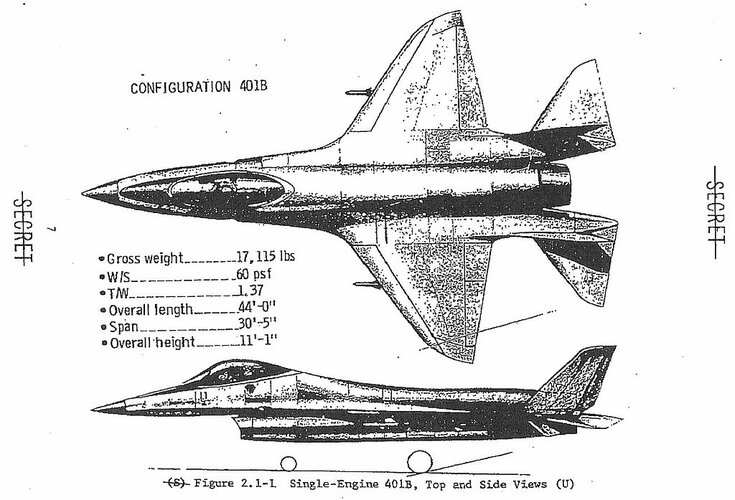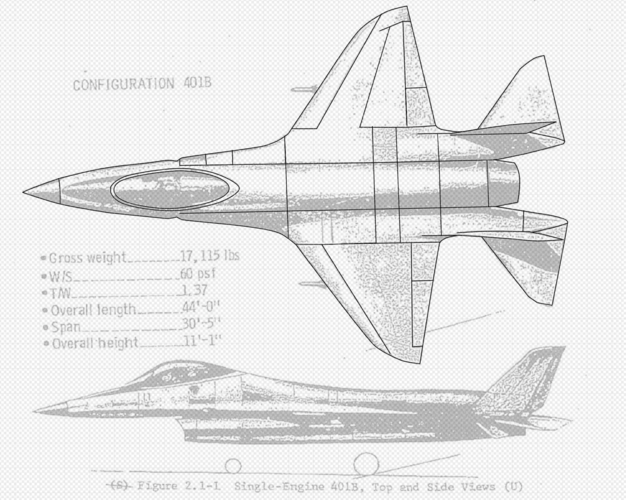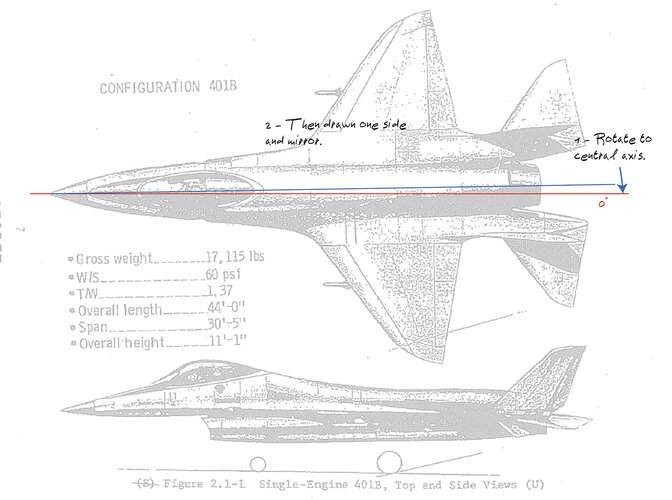Hi. I am currently researching the history of a particular helicopter, in particular the history of the various prototype and test variants of this helicopter. My initial plan was to write a book on this topic and publish it myself but for a number of reasons, this now won't be possible. I am still pushing on with my research and it will end up going into a book format as well as possibly ending up on a few websites as a PDF. I am lucky enough to have sourced plenty of useful photos for my project but one area that will enhance my final document will be accurate scale drawings. I estimate that I will need between 10 and 20 different sets of 3-view drawings, all variations of the same basic aircraft. The purpose of the drawings will be to illustrate the unique configuration of a particular aircraft as opposed to serving as highly detailed technical drawings. Every rivet will not necessarily be depicted in my planned drawings but at the same time, I want the overall drawings to be true to the original in outline and basic detail. I have two options open to me; commission an artist to draw the desired drawings or figure out a way to create the drawings myself. I would like to go for the second option, if at all possible, even though I have no experience of creating any kind of drawings. And so my questions are;
How do I go about learning to draw accurate, 3-view, scale drawings of my chosen subject?
Is it something you can learn by yourself using some kind of manual or will it require attending classes?
Is it a reasonable expectation to believe that it might be possible to learn how to draw scale drawings in just 12 months or so?
What option is best for the novice, learning to draw by hand or use some kind of computer graphics programme (given that I am not exactly a computer whiz)?
Thanks for any assistance or advice anyone can offer.
500 Fan.
How do I go about learning to draw accurate, 3-view, scale drawings of my chosen subject?
Is it something you can learn by yourself using some kind of manual or will it require attending classes?
Is it a reasonable expectation to believe that it might be possible to learn how to draw scale drawings in just 12 months or so?
What option is best for the novice, learning to draw by hand or use some kind of computer graphics programme (given that I am not exactly a computer whiz)?
Thanks for any assistance or advice anyone can offer.
500 Fan.








![401B April 1971 [Code One] edit.png 401B April 1971 [Code One] edit.png](https://www.secretprojects.co.uk/data/attachments/268/268690-ccb906961ad5bd3e162c068539827853.jpg)